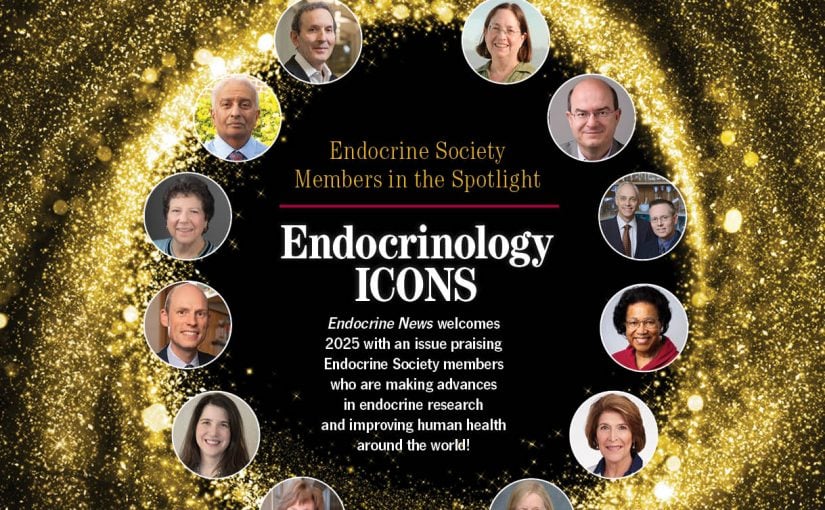Alot of waste exits the laboratory. From chemicals to foam packaging, the lab byproducts of one university can result in several hundred thousand pounds of trash each year. According to the American Chemical Society, large universities can produce around 340,000 pounds of hazardous waste alone. Although most institutions lack the resources for recycling these dangerous materials, they do have the ability to make major cuts to trash output.
Educated Thinking
Large lab equipment has been shared and repaired through internal exchange programs for ages. But, the goal of recycling smaller instruments and supplies is still finding its footing. Pipet tips and rechargeable batteries often end up in the waste bins. The desire to “go green” is changing this behavior, and reuse programs have begun popping up at schools across the country.
After multiple requests from like-minded researchers, Jamie Bemis, labs program coordinator at Harvard’s Office of Sustainability, helped launch the Faculty of Arts and Sciences (FAS) Green Program in August 2013. A “reuse room” was designated in the university’s Biological Laboratories to store a variety of lab items that would otherwise end up in the garbage.
“These items cannot go into the regular recycling, and there was a desire in the research community to minimize waste streams,” Bemis explains.
She collaborated with the Harvard recycling department and the biology building operations team to devise a location and strategy. They found a small space and installed modular storage for organization. Researchers now regularly deliver unwanted materials and pick through supplies to see what they might be able to reuse in their lab. The program faced challenges at the outset, but has since turned into an “exceptional” success.
“The space is used frequently and has received positive feedback from across the research community,” Bemis says. Harvard plans to expand the model to other buildings over the next year.
Get with the Program
Any organization or institution with laboratories can start a reuse program, as long as they have the proper resources and support. Bemis describes the three main groups that must be on board to replicate a system like hers: the recycling team, as they will be coordinating pick-ups and figuring out the proper way to handle each item; the Environmental Health and Safety (EHS) office, which will need to approve the process in accordance to regulations; and the buildings operation team, where the reuse items will be located.
“Then, it is essential to have a dedicated point person facilitating the program, to assist with outreach and education, to ensure the process runs smoothly on an ongoing basis, and to answer any questions that come up,” Bemis continues.
The final step comes down to the space. Real estate, large and small, can be a very expensive commodity — especially at universities. There must be a room of some sort to house all of the materials. Bemis recommends using modular infrastructure to allow for easy moving in case the program is relocated.
One Researcher’s Trash…
Once the bureaucratic and physical systems have been implemented, the reuse project can be announced to faculty, researchers, and employees. The point person will need to alert everyone to the rules of reuse and the list of accepted items. Specific regulations may vary from institution to institution, and EHS professionals should be involved in the creation of these lists.
In the FAS Green Program, any small bench-top appliances like microscopes, centrifuges, and hotplates that are less than 10 years old, still functioning, and have been decontaminated may be reused. New and unused consumables — pipette tips, well plates, and such — are also accepted. Some suppliers, such as New England Biolabs, run reuse programs of their own for shipping lab materials, so Bemis also coordinates the collection and return of Styrofoam coolers and gel ice packs.
Unfortunately, many lab items are too difficult to reuse and still must be discarded. Sterilization and contamination play a large role in this issue. Bemis’s program is unable to accept chemicals of any kind, but other institutions have purchased solvent recycling systems that recycle ethanol and xylene for reuse.
Work vs. Reward
The case of hazardous waste offers insight into why these programs have not existed until recently. The U.S. Environmental Protection Agency (EPA) estimates that only a 0.7% of all solvents processed for recycling can actually be reused. The investment for the yield in this extreme example, in addition to the risk of injury or contamination, makes reuse a very tough sell.
While costs can certainly be minimized with the reuse of lab appliances, eco-consciousness plays the greater role in projects like Harvard’s green lab initiative. “The savings are very dependent on the type of research, the equipment needed, the strength of the reuse program, and the items available at any given time,” Bemis says.
She does not think it is possible to quantify a reliable estimate of the financial incentive of starting a lab reuse program. Reusing packaging materials like coolers offers no savings to the university, and other small items probably do not offset the cost of running the project.
The real benefits, according to Bemis, come in other forms.
“It’s a highly visible program, which promotes a culture of sustainability and fosters goodwill among the research community,” she explains. Such initiatives allow universities to take the lead on the “green” movement. Industrial labs and related organizations can also garner positive support by spearheading eco-friendly projects.
Although economic incentives are lacking and reuse often requires more effort, it is a hallmark of an environmentally responsible lab. Similar to the work put into safety programs, saving money is not the central focus.
— Mapes is a Washington, D.C.-based freelance writer. She wrote about obesity and dementia in the February issue.

